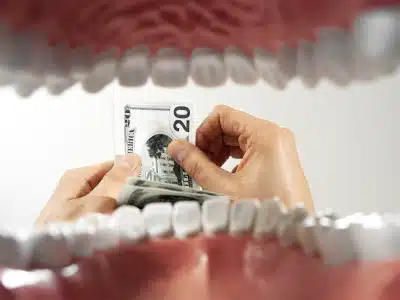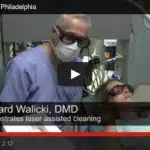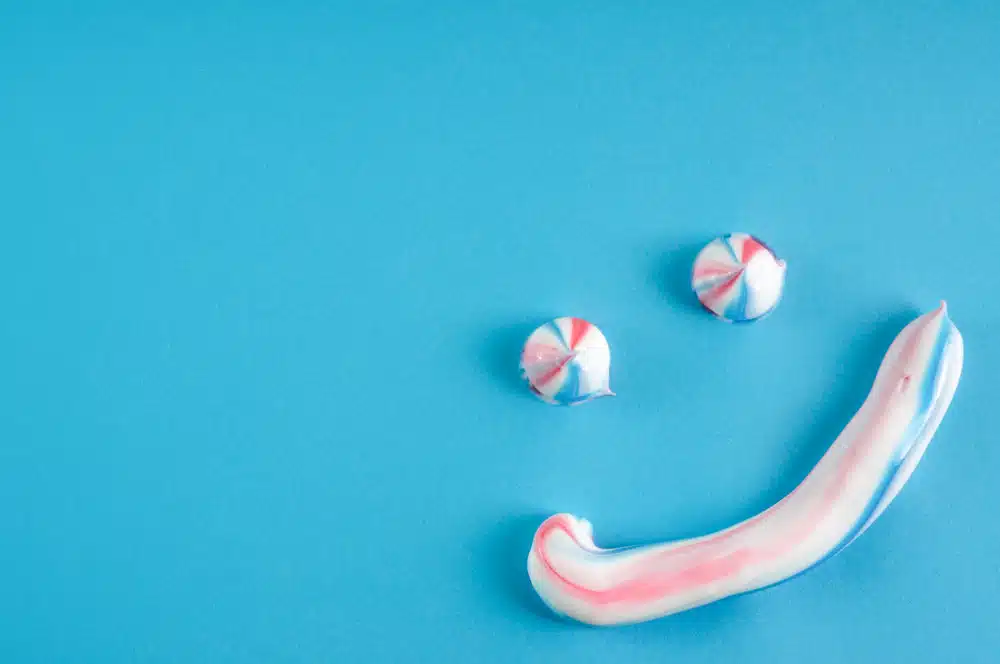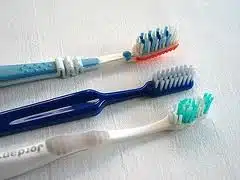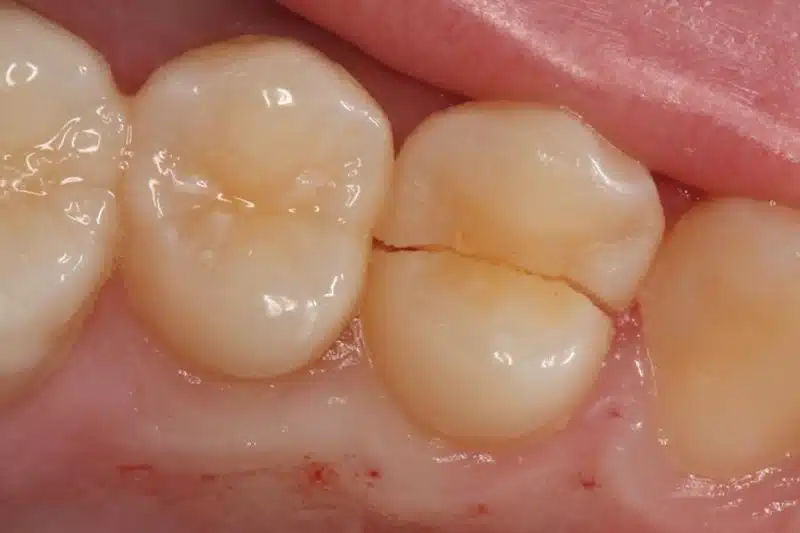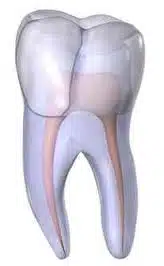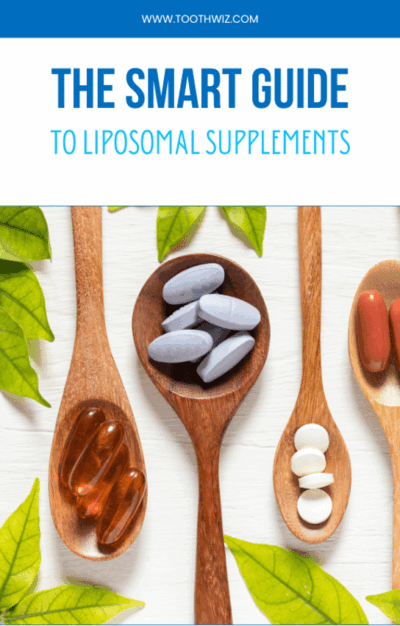I’m talking about the grinding and clenching of teeth, known as bruxism.
“Bruxism.” It even sounds grating. And, believe me, it literally is. The word itself is taken from the Greek “brugmos,” which means the “gnashing of teeth.” Many people are surprised to learn that it is considered to be one of the most common sleep disorders.
While grinding and clenching can occur either during the daytime or at night, it is bruxism during sleep that causes the majority of dental and health issues — and it can even occur during short naps.
Unfortunately, all of the causes of bruxism are not yet well established or understood. There are several theories, but by most accounts it is classified as a habit. Among the theories that prevail are that some medical conditions such as digestive ailments or stress can contribute to the condition. Others speculate that changes to the bite, such as might occur following tooth loss is a contributory factor. Still other concepts include spinal misalignments (following accidents) or nutritional deficiencies (thought to be calcium, magnesium, and pantothenic acid) as being causative factors.
Some of the activity that occurs when people brux is rhythmic (like chewing) and some is sustained (like holding the teeth together tightly). Both can cause significant damage to the teeth and underlying bone.
It is interesting to note that almost everyone experiences bruxism at one time or another. Until recently, dentists found that only a relatively small percentage of patients would go on to develop symptoms alerting either the patient or the dentist to the problem. Commonly, this would be headaches or jaw pain that might prompt treatment. At other times it might appear as wear patterns on the biting surfaces of the teeth, cracks in the enamel, chipped fillings or crowns, abfractions (notched-out areas of teeth typically found at the gum-line), receding gums or loose teeth.
What is particularly alarming, though, is that over the last several years, bruxism is being reported by dentists as an increasingly common occurrence. One recent report that I read suggested that as many as one in four patients seeking routine dental care grind or clench their teeth.
Most bruxers are not aware of their condition. In fact, many people will insist that they don’t grind their teeth. Spouses or “significant others” often reinforce this by suggesting that they watch the person while they are sleeping and notice the individual snores or has their mouth open. This is difficult to dispute (unless an actual, controlled sleep study is conducted) but it unfortunately can cause dentists to defer intervention while still more damage can occur. And, over time, it usually will. Keep in mind that with sufficient force, the contact does not have to take a long time to do damage. Think of a bullet, for example. It’s a small object and has very brief impact, but the velocity is sufficient to cause harm.
Certain sleeping positions will cause more stress than others. People who sleep on their stomachs usually experience the highest levels of stress. Again, remember, one doesn’t have to be in this position all night for damage to occur. People who have broken teeth or dental restorations while sleeping sometimes report hearing a “pop” and then feeling a loose fragment in their mouth. This is a momentary occurrence. Of course, one typically sleeps every night, so if outright fracture doesn’t occur right then, it doesn’t mean physical stress isn’t being applied.
Here are a few other factors associated with bruxing that may be subject to your control:
- Relatively high consumption of caffeine, such as is found in coffee, colas, and chocolate
- Smoking
- High levels of blood alcohol
- Drug use, such as SSRIs (anti-depressants) and stimulants like Ecstasy, MDA, and other amphetamines, including those taken for medical reasons.
- High levels of anxiety and stress, irregular work shifts, and stressful professions or relationships
- Disorders such as Huntingdon’s and Parkinson’s Disease
Keep in mind that other habits in combination with bruxism can accelerate the problem — such as consumption of abrasive foods and acidic soft drinks. These can weaken the enamel mechanically or chemically, thereby accelerating the process of wear.
So far, there is no single accepted cure for bruxism, but it can be reduced or even eliminated if you treat the associated factors successfully. As far as repairing the damaged already caused, typically a dentist will replace the worn natural crown of the tooth with prosthetic crowns. In the event of tooth loss (following cracked teeth) implants may be advised. The materials used will vary by location in the mouth. To protect the new crowns and dental implants, a professionally fabricated custom occlusal guard should be made for wearing while asleep.
Most over-the-counter night guards (while very inexpensive) are deemed ineffective by dentists and in some cases may contribute to problems with the jaw joint, the TMJ. Professional treatment is medically recommended to make sure that the bite has remained stable, to check the device for proper fit and to make any ongoing adjustments, if needed. Monitoring the night guard is suggested at regular visits. It is also important to note that night guards, are simply a first response to bruxism and do not cure it. Their general goals, however, are to:
- Minimize the damage to the jaw joint (the TMJ) which at times can be severe and may even require surgery.
- Stabilize the wear patterns on the teeth that at first occur gradually, but progressively alter the bite to a point where the change becomes more rapid.
- Prevent tooth damage, including damage to existing dental work.
- Allow the dentist to evaluate (broadly) the extent and patterns of bruxism by physical examination of the patterns on the surface of the night guard.
Frankly, bruxism can be difficult to diagnose because it is not the only source of tooth wear. Compound this with the fact that the effects of bruxism can be very advanced before the patient is even aware of it, and one has a formula for trouble. In one of the most severe cases of bruxism that I have treated, what brought the patient in to my office for the first time was that he had worn down his front teeth to the point where the nerves were actually exposed. That’s severe. Tooth sensitivity can occur way before then, however.
The most reliable way to diagnose bruxism is through a sleep study performed in a hospital. In my experience, relatively few patients are willing to do this, but the results are difficult to refute.
If you notice changes in your bite or your teeth that you suspect are caused by bruxing, you should point this out to your dentist so that he can evaluate the cause. The sooner the better.
